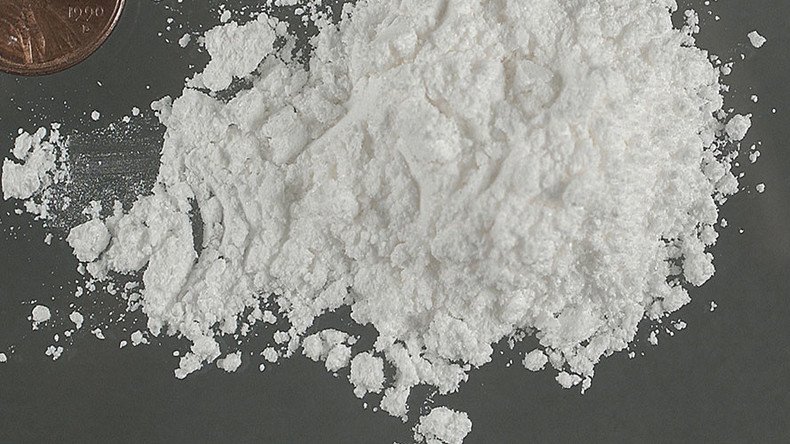Not to be sniffed at: Cocaine in London sewage highest in Europe for 2nd year running

Londoners’ cocaine use is the highest in Europe for the second year in a row, an analysis of the city’s sewage by the EU’s drug monitoring agency has revealed.
The research, which examined wastewater samples in more than 60 European cities, showed that average daily concentration of cocaine in London’s wastewater was 909mg per 1,000 people last year - up from 737mg in 2014.
Drug use in Europe at a glance from the European Drug Report 2016: https://t.co/Nlb5g4Dmwe#EDR2016pic.twitter.com/beTLHTyOj7
— EU drugs agency (@EMCDDA) May 31, 2016
Amsterdam came in at second for cocaine usage, at 642mg per 1,000 people. When only weekend samples were analyzed, London’s levels rose even further—to 1.044kg.
More than three-quarters of cities showed higher levels of benzoylecgonine (BE) and MDMA in wastewater during the weekend. In contrast, use of amphetamine and methamphetamine was found to be more evenly-distributed over the whole week.
Though the study revealed that cocaine use is generally declining across the continent, London is among the handful of cities where use of the class-A drug is on the rise.
“Most cities show either a decreasing or a stable trend between 2011 and 2015, but in a few cases, in particular Brussels and London, an increase in BE loads was observed in this period,” the annual European Monitoring Centre For Drugs And Drug Addiction report read.
READ MORE: Flushed away: London’s sewers have highest cocaine level in Europe
To assess cocaine levels, researchers tested the sewages samples for traces of BE – a chemical produced when the body breaks down the drug.
Experts also noted a “resurgence” in the use of MDMA throughout Europe after a decline from high levels seen in the early- to mid-2000s.
In a separate report released on Tuesday, the agency suggested that current trends indicate that MDMA is “no longer a niche or subcultural drug.”
“It is not limited to dance clubs and parties, but is used by a wider range of young people in mainstream nightlife settings such as bars and house parties,” the report said.












